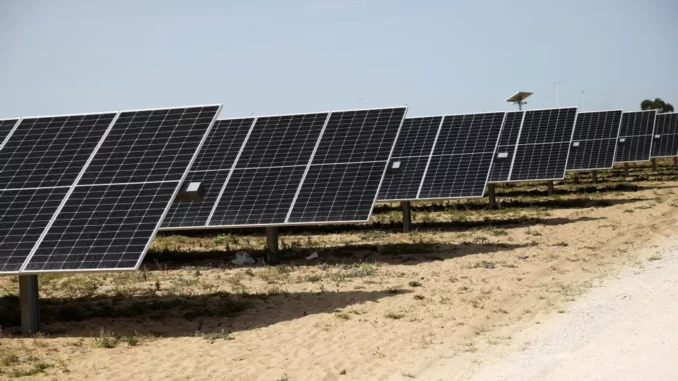
Alfredo Pais, TESE’s energy sector manager in Guinea-Bissau, told Lusa that the Bolama photovoltaic plant is supported by 1,091 solar panels of 550 watts, installed on a plot of 6,500 square meters.
These panels can produce 600 kwp (kilo-watt peak, the unit of power that characterizes photovoltaic panels) of energy, further reinforced by lithium batteries with the capacity to produce 1.5 megawatts of energy that can power the island of Bolama, with around five thousand inhabitants, for 24 hours.
These panels can produce 600 kwp (kilo-watt peak, the unit of power that characterizes photovoltaic panels) of energy, further reinforced by lithium batteries with the capacity to produce 1.5 megawatts of energy that can power the island of Bolama, with around five thousand inhabitants, for 24 hours.
So far, the project, which is in the testing phase, has installed 12 kilometers of electrical cables throughout the city of Bolama, from which some areas of the historic center already have public lighting.
The capital of what was then Portuguese Guinea until 1941, Bolama, like most towns in the interior of Guinea-Bissau, has had a poor electricity supply for several years.
The photovoltaic plant, which was built with total funding from the European Union of around three million euros, is only waiting for an indication from the Guinean government to start supplying energy to the population.
